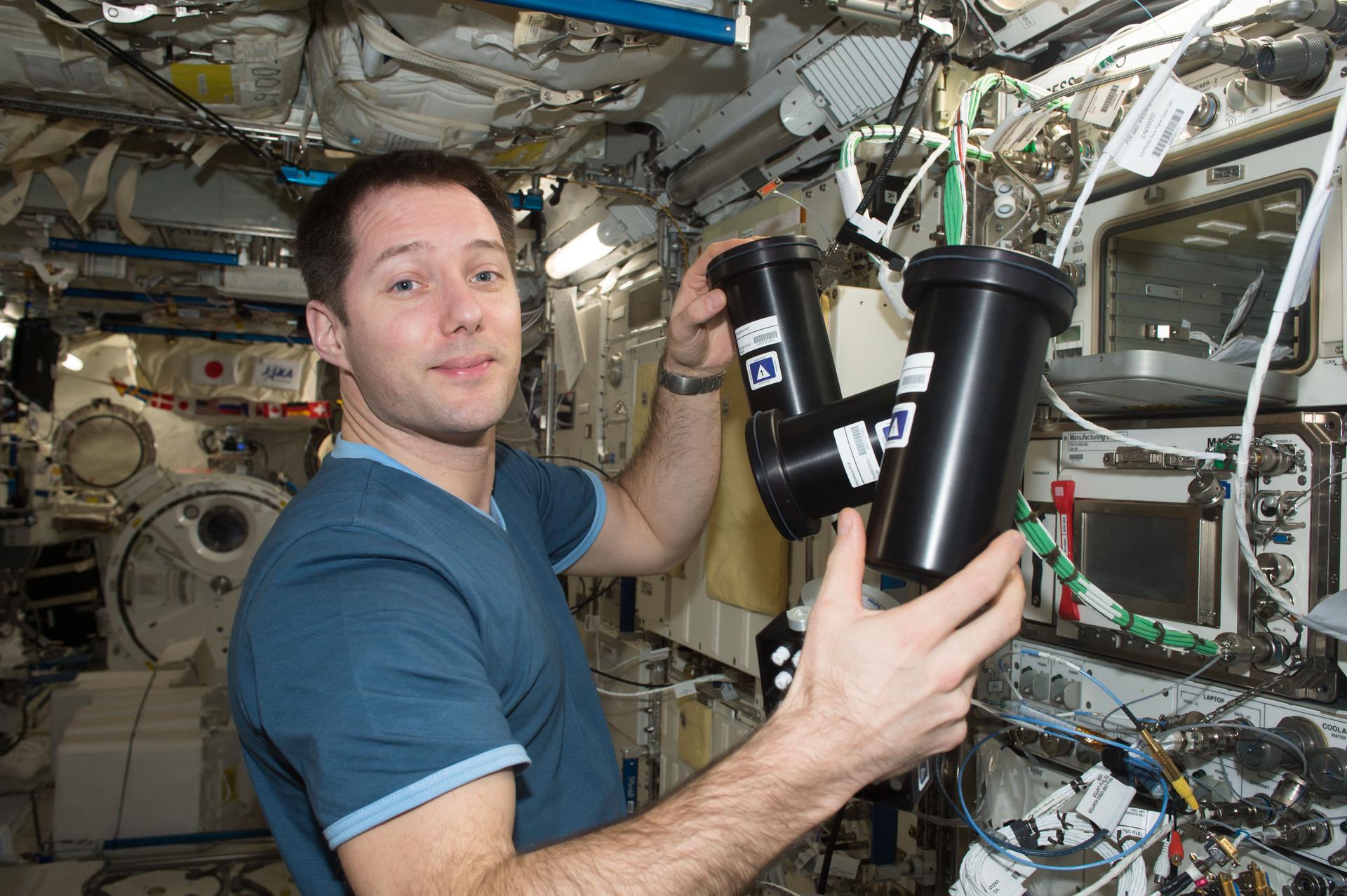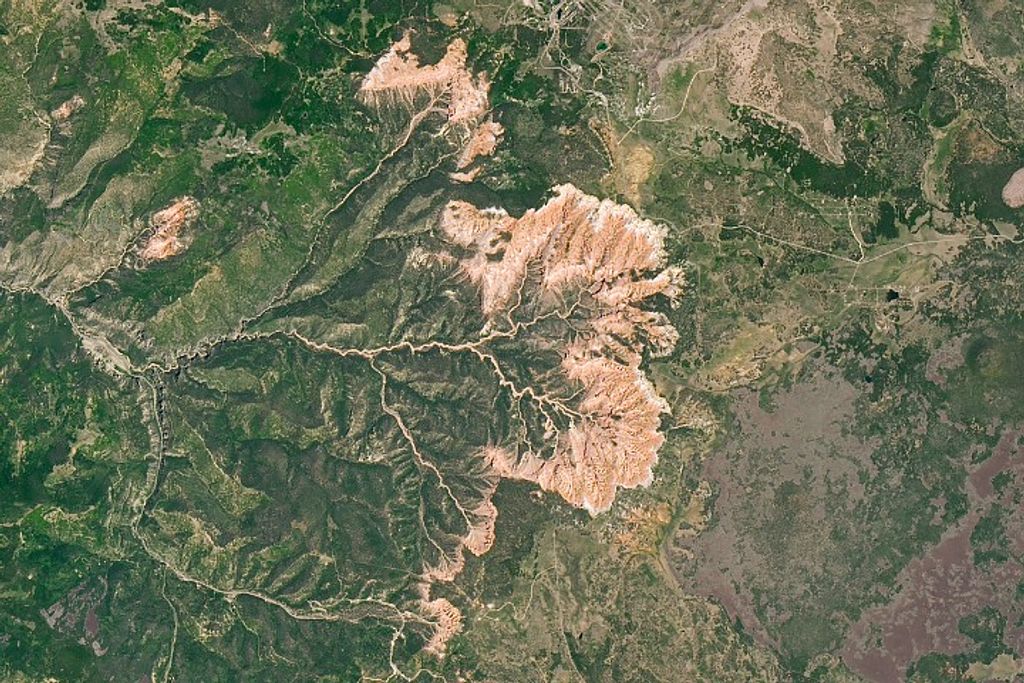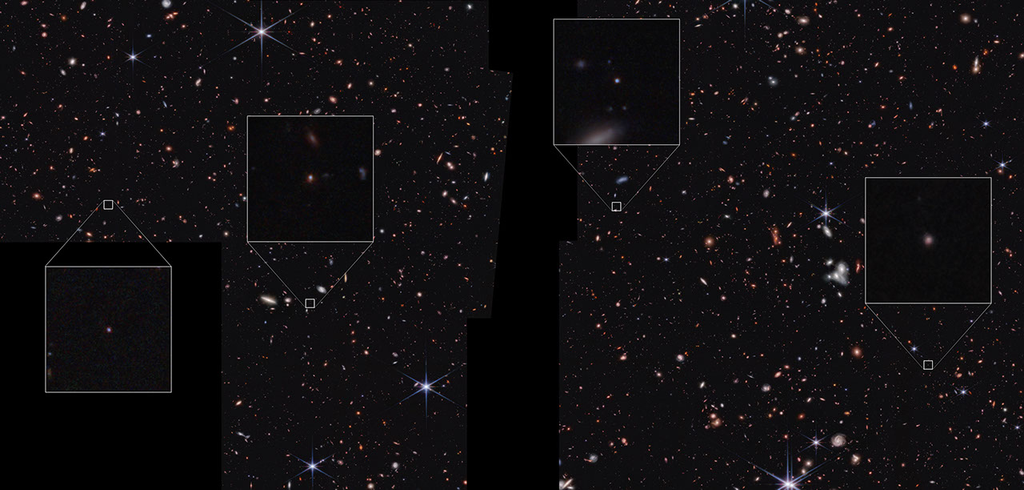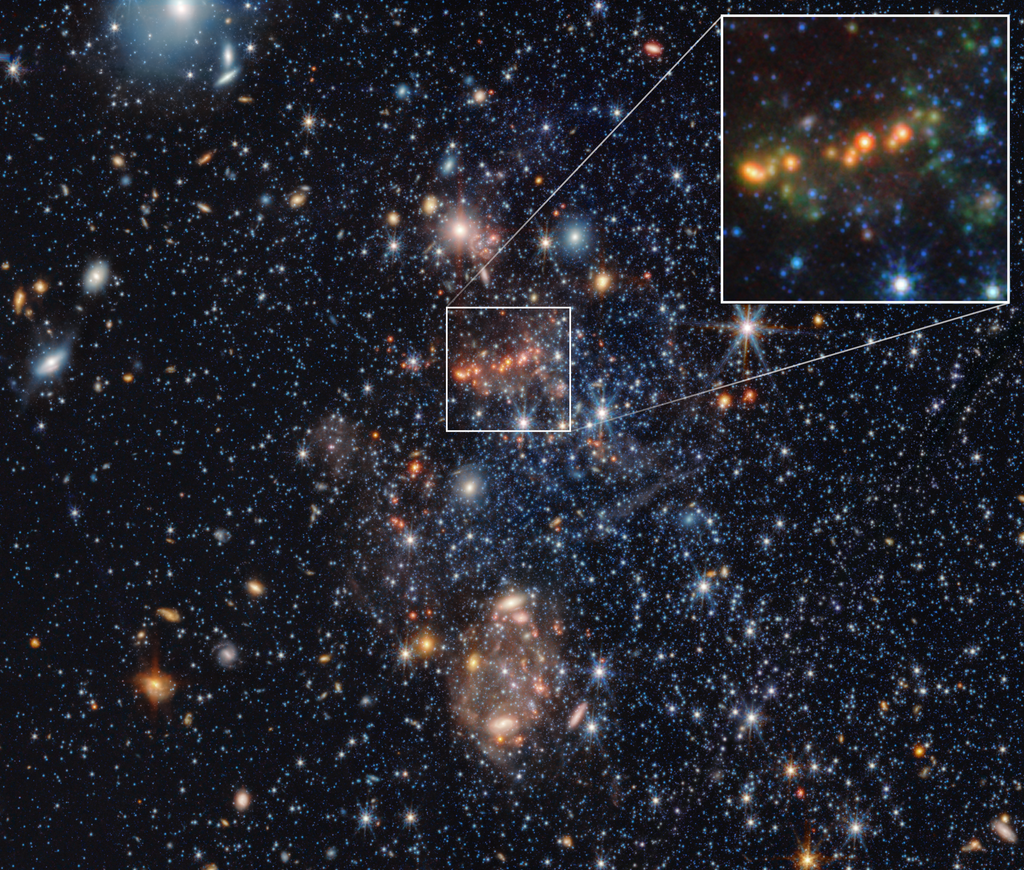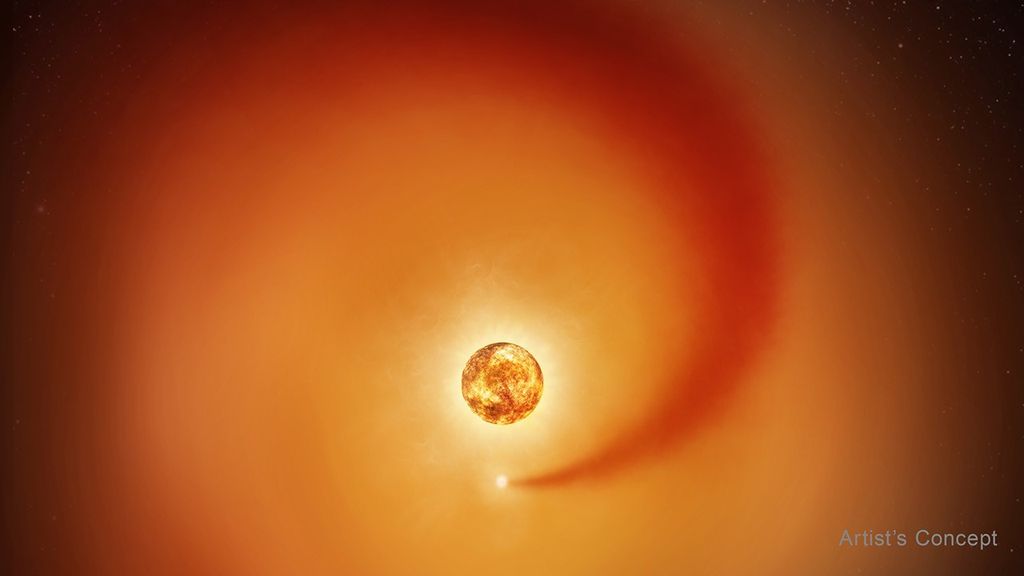1 min read
Crab Nebula: A Dead Star Creates Celestial Havoc

About the Object
- R.A. PositionR.A. PositionRight ascension – analogous to longitude – is one component of an object's position.05h 34m 32.0s
- Dec. PositionDec. PositionDeclination – analogous to latitude – is one component of an object's position.22° 0' 51.99"
- ConstellationConstellationOne of 88 recognized regions of the celestial sphere in which the object appears.Taurus
- DistanceDistanceThe physical distance from Earth to the astronomical object. Distances within our solar system are usually measured in Astronomical Units (AU). Distances between stars are usually measured in light-years. Interstellar distances can also be measured in parsecs.The distance to NGC 1952 is 6500 light-years (2.0 kpc).
- DimensionsDimensionsThe physical size of the object or the apparent angle it subtends on the sky.The image is 6 arcminutes along the bottom (12 light-years or 3.7 pc).
About the Data
- Data DescriptionData DescriptionProposal: A description of the observations, their scientific justification, and the links to the data available in the science archive.
Science Team: The astronomers who planned the observations and analyzed the data. "PI" refers to the Principal Investigator.The Hubble data was created from HST proposal 8222: J. Hester and A. Loll (Arizona State University), W. Blair and R. Sankrit (Johns Hopkins University), and P.Scowen (Arizona State University). D. de Martin (www.skyfactory.org, Venice, Italy) also helped in the creation of this image. - InstrumentInstrumentThe science instrument used to produce the data.HST, CXO, and SST
- Object NameObject NameA name or catalog number that astronomers use to identify an astronomical object.Crab Nebula, NGC 1952
- Object DescriptionObject DescriptionThe type of astronomical object.Supernova Remnant
- Release DateDecember 1, 2005
- Science ReleaseA Giant Hubble Mosaic of the Crab Nebula
- Credit

Light blue (CXO): X-ray Dark blue (HST): Optical Green (HST): Optical Red (SST): Infrared
Related Images & Videos

A Giant Hubble Mosaic of the Crab Nebula
This is a mosaic image, one of the largest ever taken by NASA's Hubble Space Telescope of the Crab Nebula, a six-light-year-wide expanding remnant of a star's supernova explosion. Japanese and Chinese astronomers recorded this violent event nearly 1,000 years ago in 1054, as...
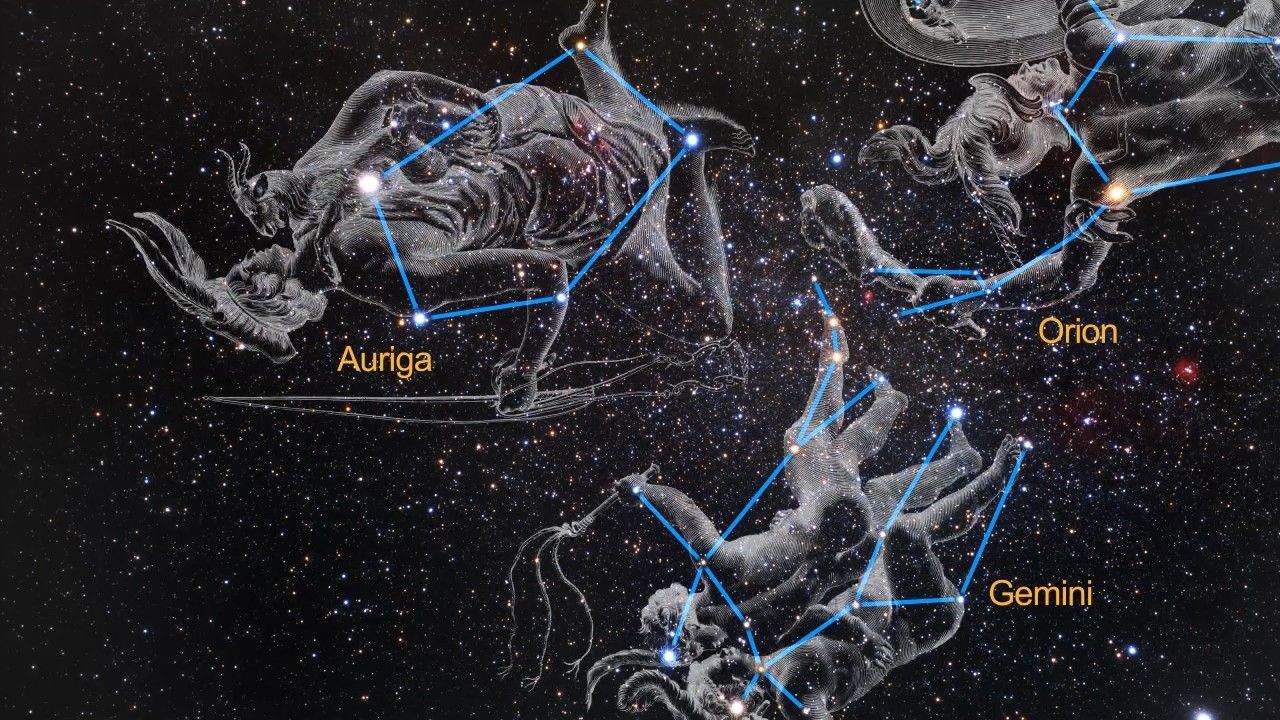
Zoom into the Crab Nebula
The Crab Nebula is an expanding remnant of a star's supernova explosion. Located 6,500 light-years away, this glowing relic has been expanding since the star exploded, and it is now approximately 11 light-years in width. The orange filaments are the tattered remains of the star...
Share
Details
Claire Andreoli
NASA’s Goddard Space Flight Center
Greenbelt, Maryland
claire.andreoli@nasa.gov





